Ever since I acquired a Vudoo Gun Works V-22 in 2019, I have spent countless range sessions shooting .22LR rimfire and became a match director for the NRL22 matches at my local range facility. In 2021, Vudoo Gun Works released a revision of their original V-22 action design dubbed the Three 60 which I wanted to acquire, and after a couple years I finally obtained one.
However, I did not obtain the Vudoo Gun Works Three 60 in a conventional manner. I ended up getting a Three 60 barrelled action by way of DI Precision, who installed the a MullerWorks barrel in-house (as opposed to Vudoo Gun Works).
The barrelled action ended up using an 8-groove MullerWorks with a 25″ finished length, a 1:13″ twist rate, and a straight contour length of 1.250″ (at the muzzle) without muzzle threads.
The aforementioned specifications are a deviation of what is currently offered by Vudoo Gun Works (from the ‘factory’), and one might ask, “Why did you opt for a ‘custom’ barrel on a Vudoo Three 60?”
Up until I received the Vudoo Three 60, my original Vudoo Gun Works V-22 Gen 1.2 (20″ MTU barrel) sat in a Masterpiece Arms Matrix Professional chassis and it did not balance well (even with additional chassis front weights) and was still rear heavy for my tastes. Since I wanted to get a Vudoo Three 60, I figured I would get a longer barrel to help balance the chassis. With that in mind I initially settled on a 22″ MTU (the longest barrel available from Vudoo at the time).
During the decision phase and committing to purchasing a the Three 60 barrelled action, Matthew Hui (better known as Womfat on YouTube) acquired a Three 60 with a custom barrel in 25″ length and thicker than MTU contour.
This prompted me to consider the custom barrel route and after a short while I realized it would make a lot of sense to go with a custom / non-standard Vudoo barrel option.
It was then I discovered DI Precision.
I looked over the DI Precision web site product page for their Vudoo Three 60 barrelled actions and ended up giving DI Precision a call to get more information on the straight contour (as there were no specifications). After a phone conversation with David Lott of DI Precision, I discovered that they had a 1.125″ and a 1.250″ straight contour available which I could choose from.
During the discussion, David Lott also explained to me that the 22″ length I was planning on ordering is likely not the best route and he felt I should go with 25″ or even 26″. Essentially, the 25″+ barrels offered the best in balance and it was indicated that the velocity would be a bit more ideal for Lapua ammunition.
Furthermore, David of DI Precision convinced me to try out the 1:13″ twist rate rather than the traditional 1:16″. Based on his observations, the 1:13″ twist rate has been performing better than 1:16″, particularly beyond 100 yards.
This is how I ended up with a Vudoo Gun Works Three 60 action with a 25″ long MullerWorks barrel with a 1:13″ twist and a 1.250″ straight contour.
One notable item about this MullerWorks barrel is that it is an 8-groove, single-point cut barrel, which deviates from the 6-groove, single-point cut barrels used by Vudoo. To be even more precise, the MullerWorks barrel is an 8-groove modified. While the Internet is a great resource of information, there really isn’t much out there on 8-groove barrels except a few forum and blog posts.
That being said, Eley has a blog post talking about barrel rifling and accuracy where the MullerWorks 8-groove Minimally Invasive (MI) rifling is discussed. I assume the 8 MI is the same as the 8 Modified. If that is the case, Eley’s blog post mentions that the 8-groove modified has narrower lands with no sharp corners. This concept is based on the notion that the MI rifling will distort the bullet less than traditional rifling as it travels down the bore.
Another notable item is that this barrel was cut with a Nevius chamber by DI Precision. David Lott of DI Precision gave me a description of the Nevius chamber in a phone conversation and I do not recall the exact words he used, but I found information on the Internet that matches up what I recall him saying. Essentially, the 22 Nevius chamber 1.5 degree leade, where the leade is the section of the throat just before the rifling lands begin.
Comparatively, the .22LR SAAMI leade is 5 degrees, while a .22LR Bentz (common ‘match’ chamber found on factory rifles like a CZ) is around 1.5836 degrees (or more precisely written as 1 degree 35 minutes 1 second). What this means for accuracy is unknown. However, the Nevius chamber is a popular reamer cut in the precision rimfire world.
Lastly, I did not elect to have barrel threads to accommodate a barrel tuner. I know that quite a few people swear by barrel tuners. I am just not a fan of tuners at this point in time. I have done limited experiments with barrel tuners and the results did not yield any improvements for me. These prior experiences in combination with the notion that heavy contours tend to not be affected by tuners (other than a POI shift) made me opt for an unthreaded barrel.
Before I started assembling the complete rifle, I put the barrelled action with bolt and scope base onto a scale and it came out to a whopping 9 lb 13 oz.
If you made it all the way to this point in the article and did not already know, the Vudoo Three 60 (sometimes referred to as the Vudoo 360) is a three lug, 60-degree bolt action rimfire receiver built on a 700-pattern footprint.
The original Vudoo Gun Works V-22 Gen 1, Gen 1.2, and current Gen 2 are two lug, 90-degree bolt throw actions. In the grand scheme of things, the 2-lug vs 3-lug issue is not really an issue as far as I am concerned. Both the V-22 and Three 60 use the mid-lug design. However, the 60-degree throw is a significant difference in terms of operating feel.
I installed a brand new TriggerTech Diamond Pro Curved single-stage I had acquired in anticipation of this new rifle build and took the Masterpiece Arms Matrix Pro chassis off my V-22 Gen 1.2 to place this barrelled action into.
I made sure to check the barrel channel accommodations on the Matrix Professional Chassis before I requested a 1.250″ contour barrel. The Matrix Pro specification indicates a 1.350″ barrel channel, so the 1.250″ just barely fits.
Lastly, I topped off the rifle with my Zero Compromise Optic ZC527 MPCT3 which was sitting on my Ruger 10/22 for the past several months. Fortunately, the Three 60 barrelled action shipped with a 40 MOA mount as my ZC527 was mounted in an AUDERE ADVERSUS 20 MOA scope mount. 60 MOA cant appears to be close to ideal for my ZC527 MPCT3X sitting on my Gen 1.2 and I assumed it would work great on this action (which I will confirm later in this article).
The configuration of my Three 60 build is as follows:
- Vudoo Gun Works Three 60 action
- MullerWorks, Inc. 8-groove, 25″ length, 1:13″ twist, 1.250″ straight contour, unthreaded barrel
- TriggerTech Diamond Pro Curved trigger
- Masterpiece Arms Matrix Professional chassis
- Vudoo Gun Works 40MOA scope base
- AUDERE ADVERSUS 36mm diameter, 38mm tall, 20 MOA scope mount
- Zero Compromise Optic ZC527 MPCT3 scope
After it was all assembled, I did notice that the bolt has some significant tension on bolt closure, even on an empty chamber. After a discussion with David Lott of DI Precision, it is likely the tolerance in the firing pin as the bolt closure did not have the same tension without the trigger installed, and taking out the firing pin (with trigger installed) also does not have the same tight bolt closure tension.
On the first weekend after I had the barrelled action in hand, I took the opportunity to test the rifle.
The rifle ran without a hitch other than Eley Match having failures to fire after four rounds. The cases showed good firing pin strikes from what I could tell. It is not known if this is headspace issues or if it is a firing pin spring issue.
As far as the tighter than anticipated bolt closure, this did not impact the rifle’s operation and I wonder if this is going to be better for accuracy in terms of the solid lock up.
The MullerWorks barrel spun on by DI Precision shot quite well right out of the box and using an older lot of Lapua Center-X, I shot a nice 50 yard group.
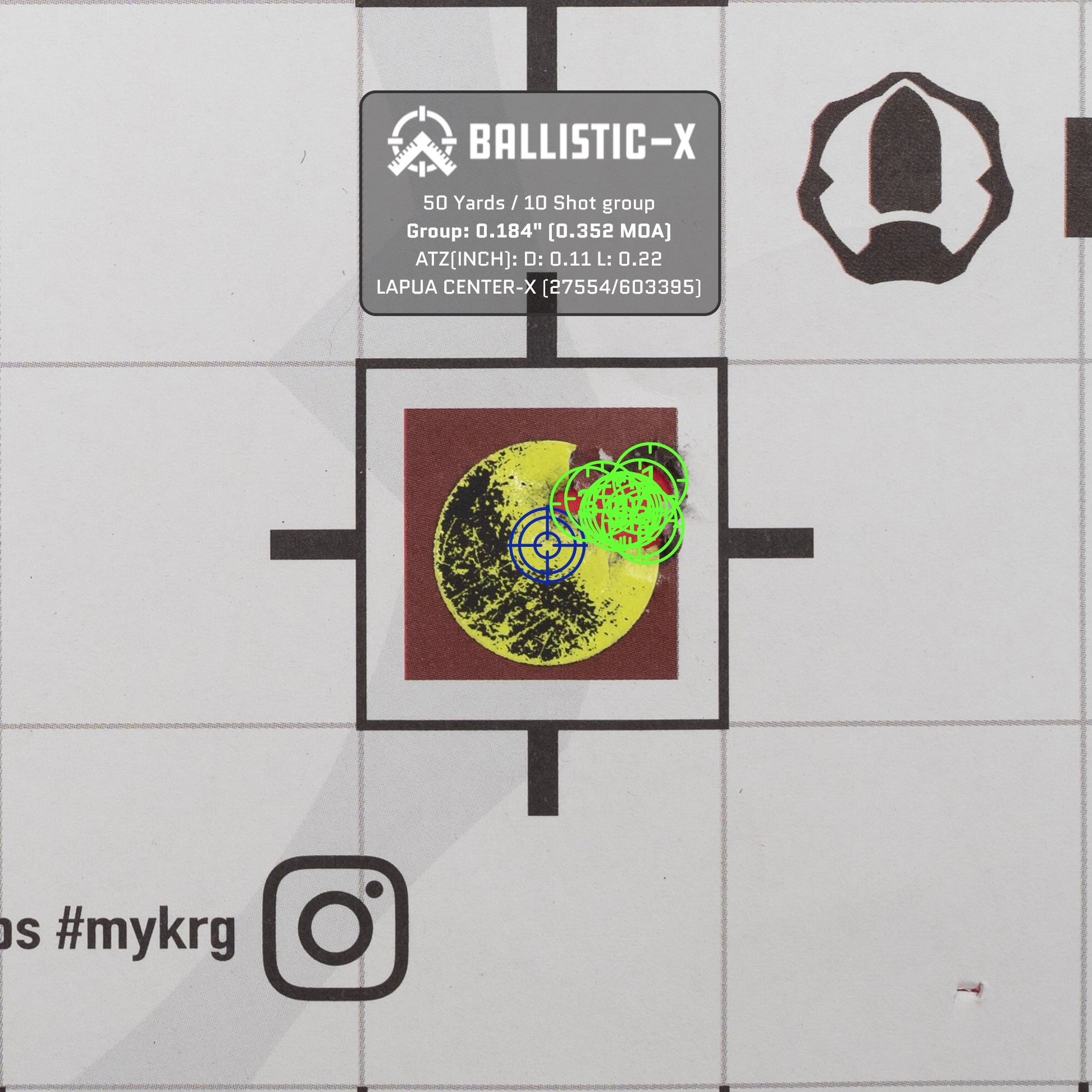
Lapua Super Long Range shoots relatively well in this rifle, with decent 50 yard and 200 yard performance on paper.
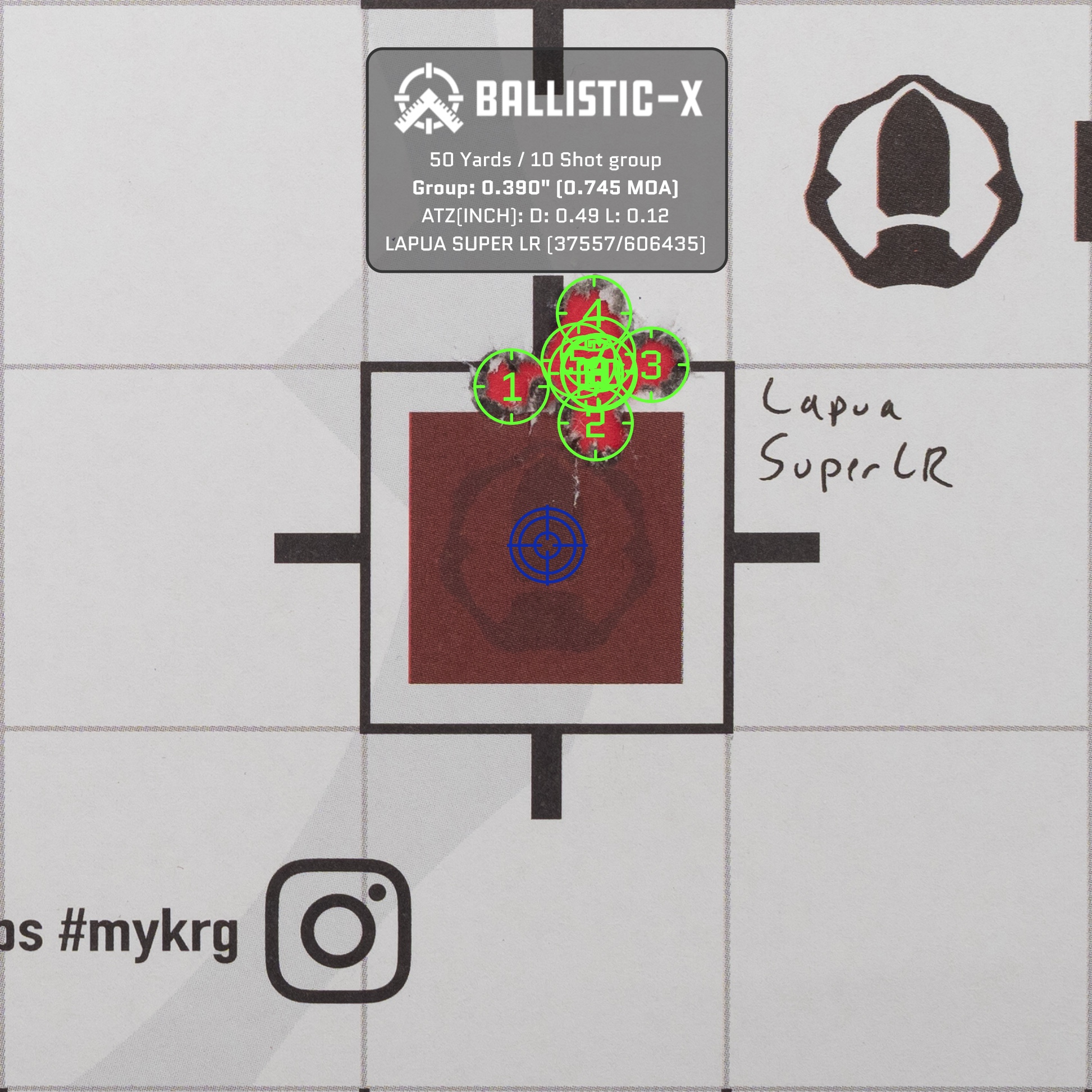
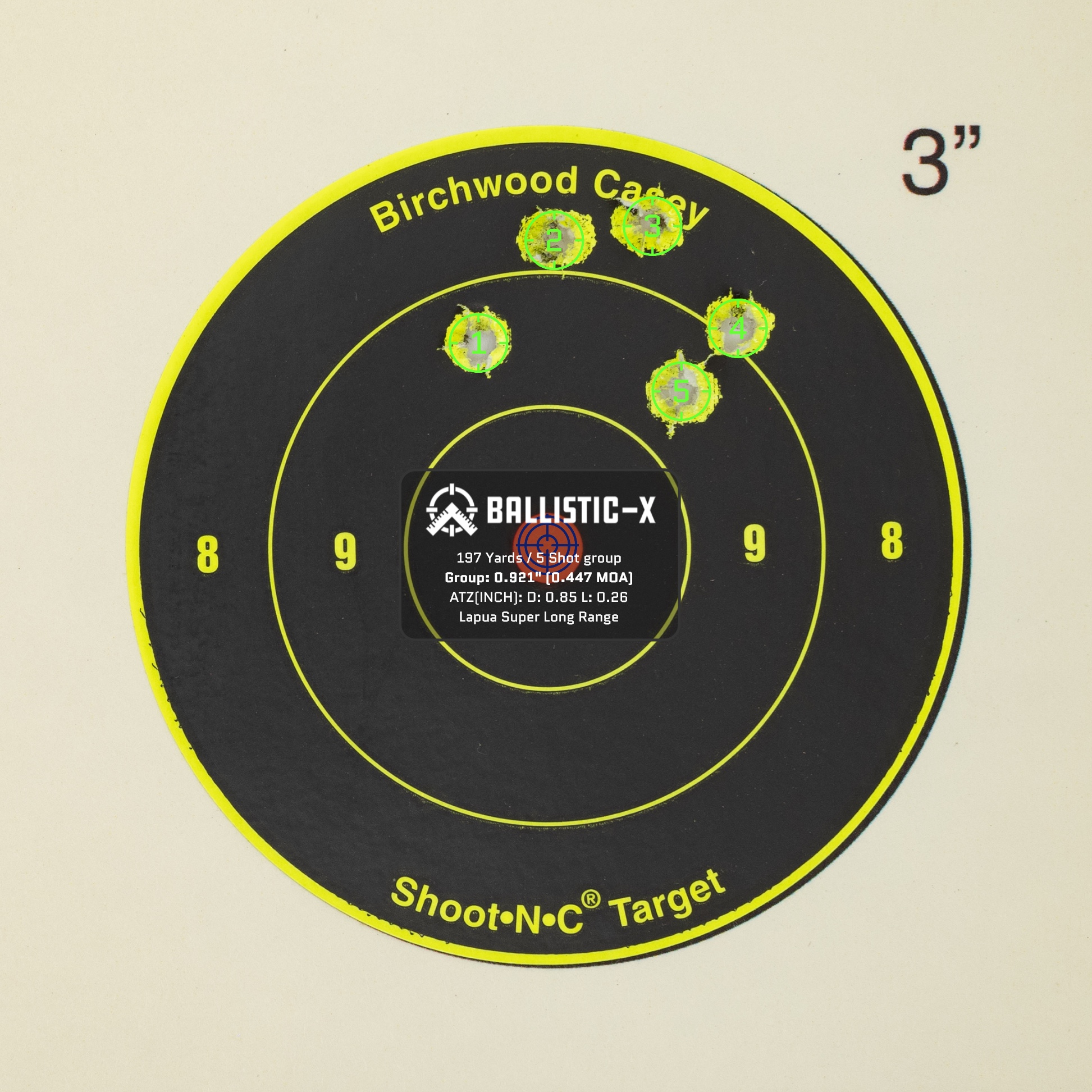
With some testing and tweaking, I settled on the chassis weights to use and the rifle as configured weighs 22 lb 1 oz without a bipod. In this configuration, it is balanced forward of the magazine well a couple inches. With an MDT CKYE-POD Gen 2 standard single pull it is a little front heavy which is where I want it to be.
Is a 1:13″ twist the better choice over 1:16″?
I honestly cannot say if 1:13″ is better as I don’t have an apples to apples way to test since I don’t have another barrelled action of the same length and contour in a 1:16″ twist rate. However, I am not seeing any detrimental accuracy at short range (under 100 yards) as some indicate will be the case with faster twist rates and .22LR rimfire.
The one side-effect that I did not consider until someone commented to me on social media about it is spin drift.
Quick lesson on spin drift: A bullet with impact right of center of target (in a typical right-hand twist barrel) because of the bullet’s offset flight as it spins to the right (clock-wise). With a faster twist rate, spin drift will increase and that offset will increase.
Given the long time of flight with .22LR (comparitively to centerfire cartridges), spin drift POI shift is going to be more apparent even at ‘short’ distances of 200 and 300 yards. With the 1:13″ twist, I am not really sure if spin drift is detrimental. If anything, it is something that can be accounted for easily with modern ballistic calculators.
The vertical dispersion for Lapua Super Long Range at ~300 yards has demonstrated to be pretty decent.
The above photo is of 8 shots of Lapua Super Long Range at 305 yards on a 10×10 inch steel target. Note that 10 rounds were fired, but 2 missed off the right side due to changing wind conditions. However, the 8 shots that printed on steel show a respectable 3.737″ vertical spread. The specific lot of Lapua Super Long Range that I have on hand (37557/606435) is running mid 1090 fps average with an SD under 5.
Is the longer 25″ barrel better than a 20″ or 22″?
The longer barrel length definitely resolved the balance issues I was never able to address with my V-22 Gen 1.2 in the Matrix Pro chassis. While a thicker contour barrel helps, having a longer barrel helps to get the natural fulcrum point out further.
As far as results on paper, it seems like the barrel is more lot-tolerant when it comes to ammunition make and model that it likes.
My Vudoo Gen 1.2 with a 20″ Bartlein likes Lapua Center-X, but can be a bit picky when it comes to the lot. Case in point is how I thought I found a lot of Center-X the Gen 1.2 liked after I visited the Lapua Rimfire Performance Center in Mesa, only to have the rifle stop liking that lot and having very poor results on paper at 50 yards. That same ammo shoots under 1MOA in the new Three 60 and MullerWorks barrel, as do all the other lots of Center-X that I have on-hand.
Many people know that muzzle velocity for .22LR rimfire is tends to be the faster with 20″ and shorter barrels and 16″ long rifle barrels tend to have the fastest muzzle velocities. My Vudoo Three 60 and 25″ barrel combination does not deviate from this expectation as Lapua Center-X was shooting around 1041 fps in the rifle, whereas the same ammunition in my V-22 Gen 1.2 20″ MTU shot 1062 fps in the same conditions of the same day (2023-04-15, early morning: 47F, 60% humidity).
During another range session in approximately 72F ambient temperature (shaded firing line), the aforementioned lot of Lapua Center-X averaged 1057 fps (SD 5.6, ES 20).
Lapua Center-X in my 20″ MTU tends to shoot around 1095 fps in the summer months and I anticipate the Three 60 will shoot the same ammo around 1075 fps in those conditions.
On the other hand, Eley Match still shoots very fast in the 25″ barrel. In the Gen 1.2 with the 20″ Bartlein MTU, I have found Eley Match where it is rated at 1051 fps on the box shoots 1119 fps. That same lot of Eley Match shoots 1091 fps in the 25″ MullerWorks barrel. I have no idea why Eley Match has a faster than rated muzzle velocity, even with a 25″ barrel.
Is the MullerWorks 8-groove Modified a better barrel than traditional rimfire rifling?
I honestly cannot give any sort of assessment on this as I do not have the resources to compare all the different barrel rifling types, nor have any access to reports on this subject. However, it appears that a lot of benchrest shooters use MullerWorks barrels and believe in 8-groove modified rifling. Another popular custom rimfire rifling option is the Shilen 4-groove ratchet rifling barrel.
In the grand scheme of things, the MullerWorks 8-groove modified rifling barrel is likely a quality barrel. It may be better in certain scenarios, but that remains to be seen with my style of shooting.
Are there any issues with this new rifle build?
I only have about 700 rounds in the rifle so far and the chamber is definitely still tight. I know this because sometimes an unfired round will not extract from the chamber. This is only an issue if I ever have a procedural miscue during a stage of fire and need to open my bolt. I just need to remember to drop my magazine before closing the bolt on the round for the next shot so I do not have a misfeed.
The higher than expected tension on bolt closure is something I am also tracking. It has started to wear in and is less of an issue, so I anticipate it is more of a tolerance issue with the action, TriggerTech Diamond, and the firing pin to sear engagement.
I did experience failures to fire with Eley Match ammunition. I obtained a new 22 lb firing pin spring from Vudoo Gun Works without knowing what weight firing pin was shipped in the Three 60 action. After the firing pin swap, the failures to fire still persisted.
However, it appears to be isolated to one lot of Eley Match that I have on hand: Lot 1022-02145 (1051). I only have one other lot of Eley Match and that one is not having failures to fire, nor did a small sampling of Eley Tenex.
It is possible that the headspace for the Vudoo Three 60 might not be correct to accommodate Eley, which is known to have thinner rims. But given that I am finding one lot of Eley Match to be problematic while another lot is not having the same issue leads me to believe that it could be an ammunition lot issue.
One modification I have not tried but will try soon is adjusting the firing pin on the Three 60. For those not familiar with the Vudoo firing pin, it is threaded to the bolt body and is timed to the bolt (must be turned in full revolutions). It is possible to thread it in or out to adjust the protrusion of the firing pin on strike. Thus, I am going to try turning the firing pin further out a revolution or two to see if it positively affects the failures to fire, and maybe even increases ignition consistency for all other ammunition (and possibly reduce standard deviation).
That being said, I will opt to use Lapua ammunition in this rifle at this point in time as it has always been reliable for me in the Vudoo platform. This is not a big deal as I always wanted to run Lapua. But it is nice to have other ammunition options in the event Lapua is unavailable when I need it.
Note that Eley Match shoots quite well in this barrel when the primer goes off.
In summary, I am quite happy with this new rifle build. Albeit heavy, it balances exactly how I always wanted my V-22 Gen 1.2 to balance. The rifle shoots accurate and appears to shoot nearly any ammunition in it with respectable accuracy. So far it shoots random lots of higher tier with out missing a beat unlike my Gen 1.2 which can be picky when it comes to different lots of Lapua Center-X.
Note that when I ordered this barrelled action, Vudoo Gun Works also started making 1.20″ contour Ace or Bartlein barrels available on their ordering form with a maximum length of 22″. So if you want to stick with a Vudoo ‘factory’ offering, you can get the thicker 1.120″ contour direct from Vudoo (especially if you’re ordering a complete rifle build from Vudoo).
But if you want to step into the extreme end of .22LR rimfire shooting and try out longer, thicker, and faster twist barrels, you may want to consider a custom barrel from DI Precision or another reputable gunsmith.
If you are wondering how the stacked 60 MOA cant (40 MOA base + 20 MOA mount) works out for me, I have 33.5 MIL of available elevation travel with a 50 yard zero. The ZC527 has 35 MIL total elevation travel and 33.5 MIL available after the 50 yard zero is set is a pretty good sweet spot for my zero stop.
Based on current MSRP for the parts and the actual cost of the barrelled action, the total build cost is as follows:
Vudoo Gun Works Three 60 Rifle Build Price Breakdown
| Part/Service | Make/Model | Cost |
|---|---|---|
| Action | Vudoo Gun Works Three 60 (DI Precision) | $2530 |
| Barrel | MullerWorks 8-groove, 25″, 1-13″ twist, 1.250″ straight contour, unthreaded muzzle (DI Precision) | Priced with action. |
| Trigger | TriggerTech Diamond Pro Curved | $315 * |
| Chassis | Masterpiece Arms Matrix Professional Chassis | $1550 |
| Scope Base | Vudoo Gun Works 40 MOA base | Included with action. |
| Scope Rings | AUDERE ADVERSUS 36mm diameter, 38mm tall, 20 MOA scope mount | $340 ** |
| Scope | Zero Compromise Optic ZC527 MPCT3 | $3980 *** |
| TOTAL | $8715 |
* Acquired from Brownells with TriggerTech sale plus coupon code
** I obtained this scope mount for free as a promo with a new ZC527 MPCT3X
*** I bought this ZC527 MPCT3 back when the MSRP was $3740
It is worthwhile to factor in the MPA / Gray Ops CNC weights for the Matrix Professional chassis.
The MPA Matrix Pro internal weights by Gray Ops CNC are $170 and the side rail weights by Gray Ops CNC are $120, which adds an additional $290 the the rifle build cost to push it past the $9000 USD mark.
This is quite the custom build in terms of cost and rivals centerfire rifle builds.
As-is, this Vudoo Gun Works Three 60 can function as an all-purpose short course (NRL22) rifle, mid-range and long range (300 yards) rifle, all the way to an “extreme long range” rimfire rifle. I could have made different choices in the build if I wanted to focus solely on one specific type of shooting (e.g., benchrest / F-Class style vs NRL22), but I like the idea of an all-purpose rifle.
Is the Vudoo Gun Works Three 60 the best rimfire repeater?
We are fortunate to have several options for precise rimfire rifles across the wide range of the price spectrum. I come out and say that I cannot attest the Vudoo Gun Works Three 60 is the best rimfire repeater. However, it is arguably at the top of anyone’s list for top rimfire repeater rifles.
I cannot tell you the Vudoo Three 60 is the best rimfire rifle action because picking between a Vudoo Three 60, the Vudoo Gen 2 (90 degree), the Zermatt RimX, an Anschutz 54.18 or 1710, or another high-end rimfire becomes a dilemma of personal preference.
I still prefer the ‘full-size’ actions for rimfire rifles. The feel of the 700-pattern action is much better to me compared to a smaller rimfire action like the CZ 450-series.
I will say that after running the 90-degree bolt throw of the Vudoo Gun Works V-22 Gen 1.2 for the past few years and then using the 60-degree bolt of the Vudoo Three 60, I somewhat wish I acquired the Three 60 sooner. It’s not a revolutionary change going from 90 to 60 degree bolt throw, but I really like the feel of motion with a shorter throw.
In any case, as an owner of two Vudoo Gun Works rimfire actions, I will continue to recommend a Vudoo to anyone that is willing to invest the money.
Of course, there are plenty of other less expensive options for rimfire, including NRL22/NRL22X and PRS Rimfire style shooting, such as the aforementioned CZ 457 platform, Tikka T1x, and even the Bergara B14R, all of which have relatively robust aftermarket support.
While I favor the Vudoo platform and the versatility in configuration options, it is personal preference (if not personal situation) that will dictate what rifle people will opt for. Fortunately, there are ways to achieve a good degree of accuracy without having to spend top dollar.

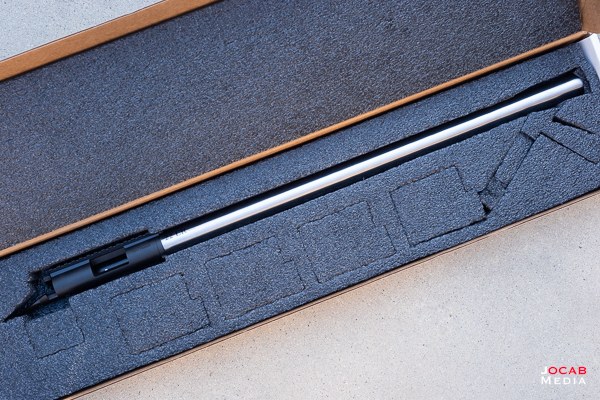
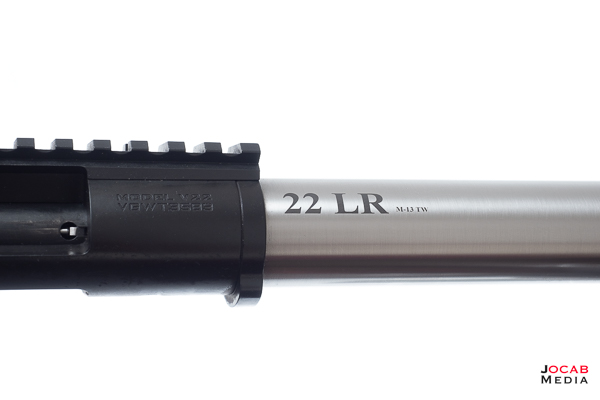
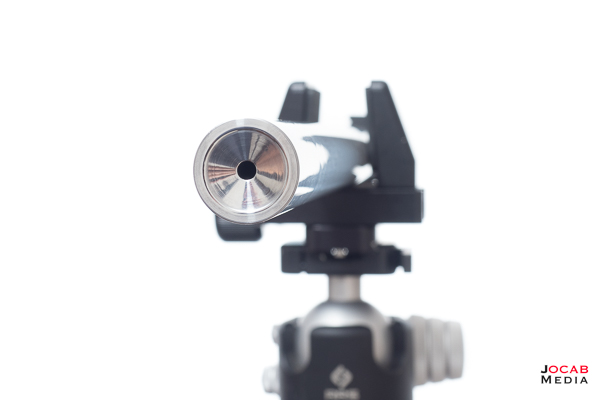
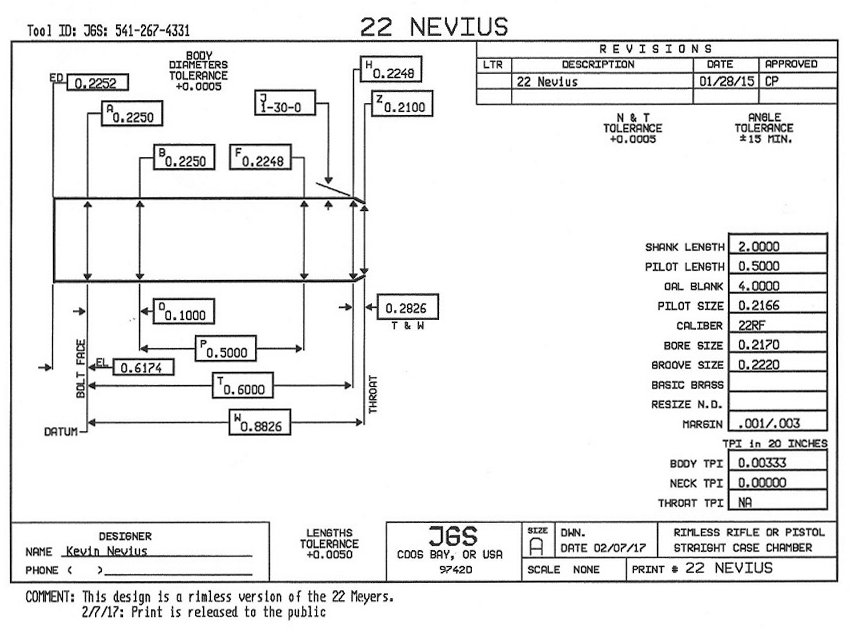
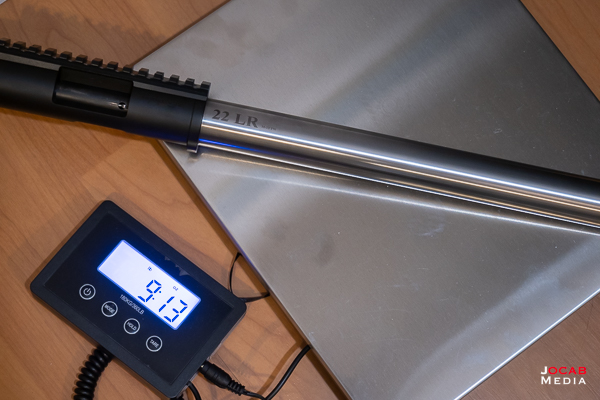
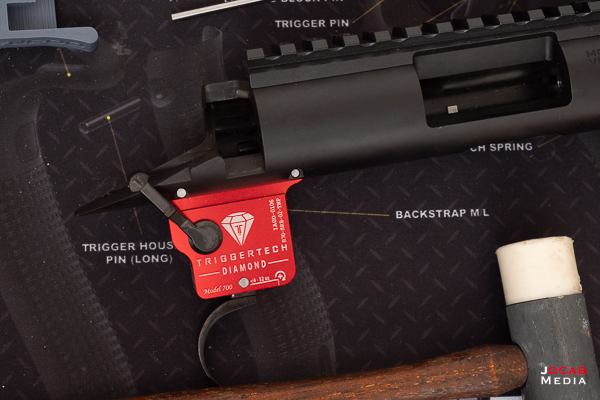
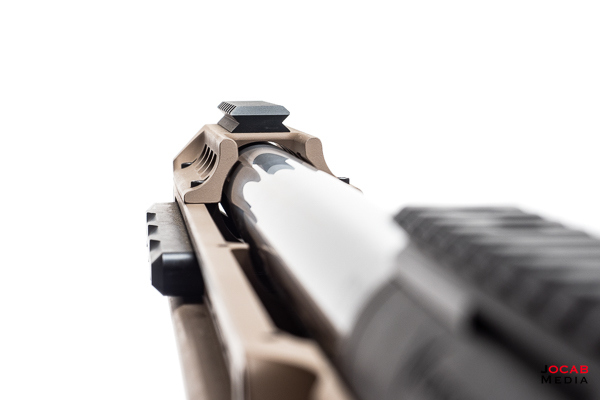
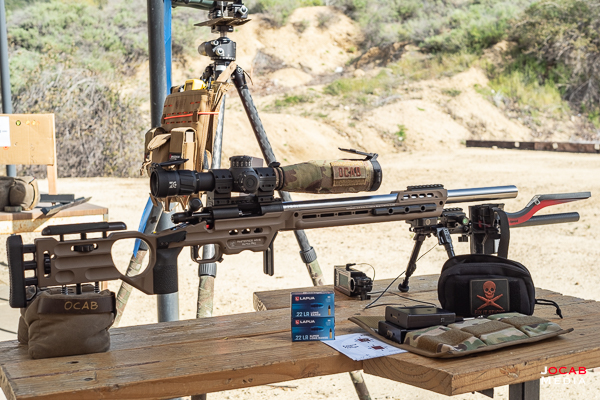
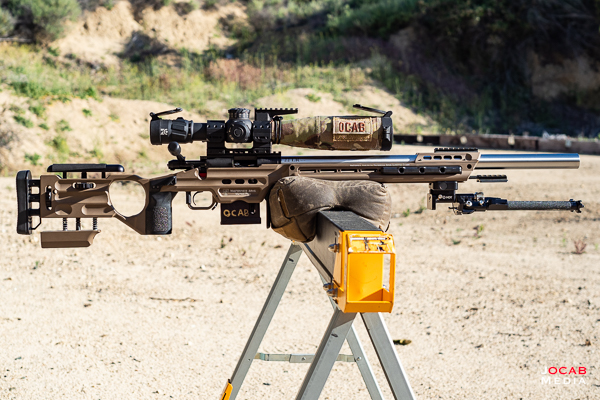
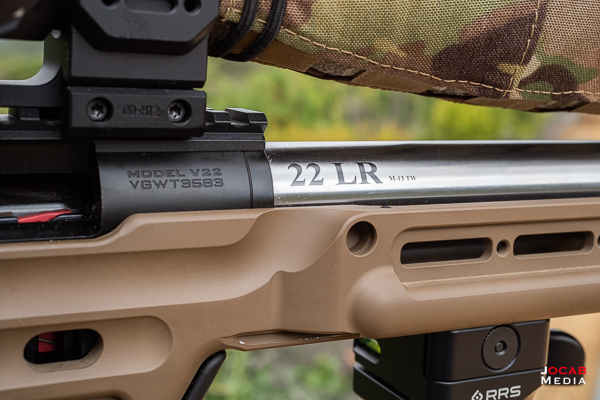
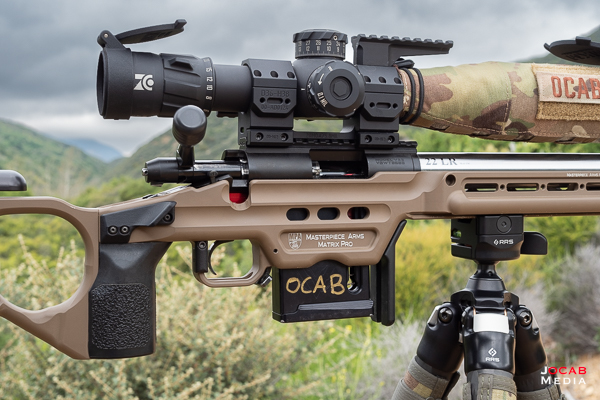
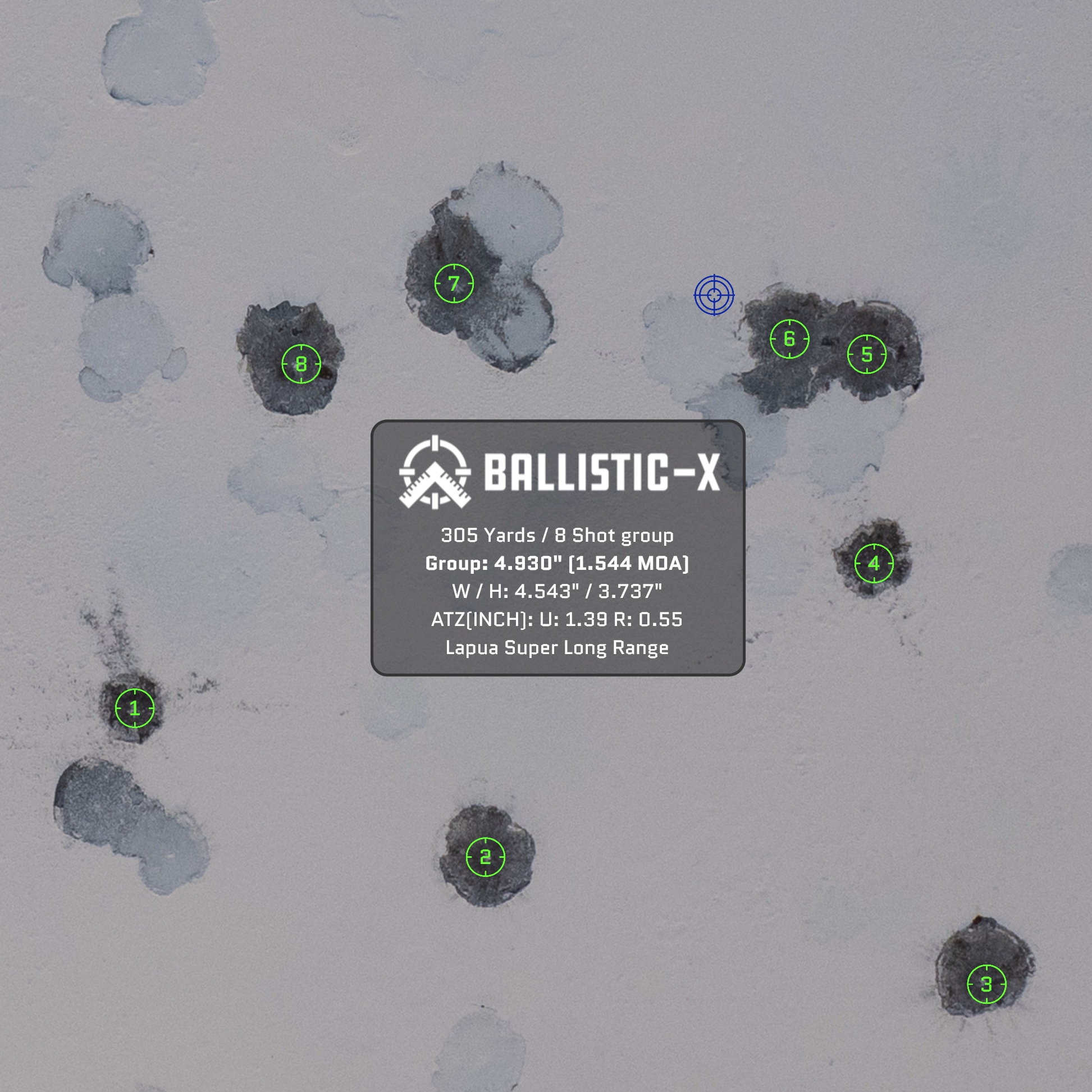
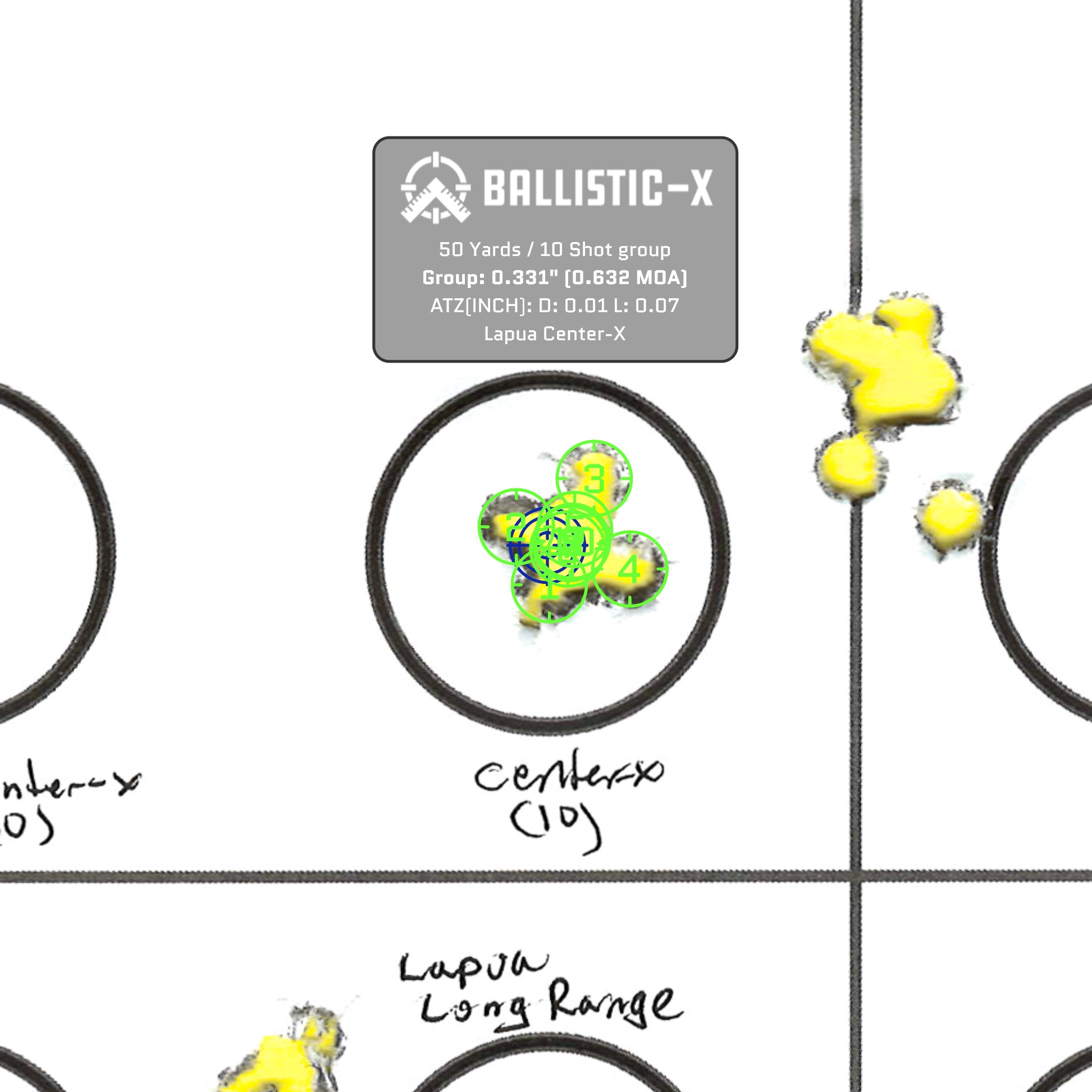
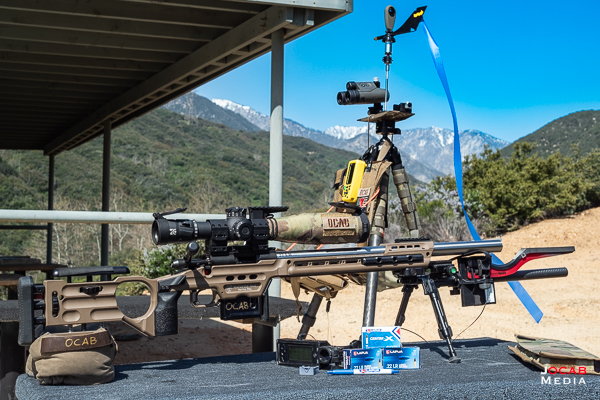
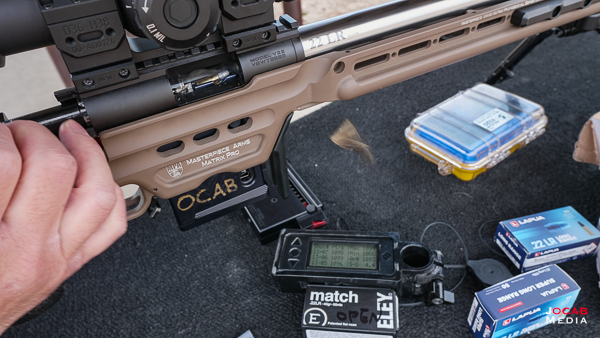
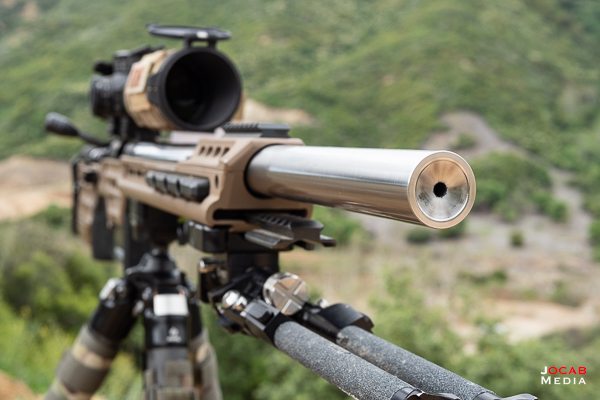
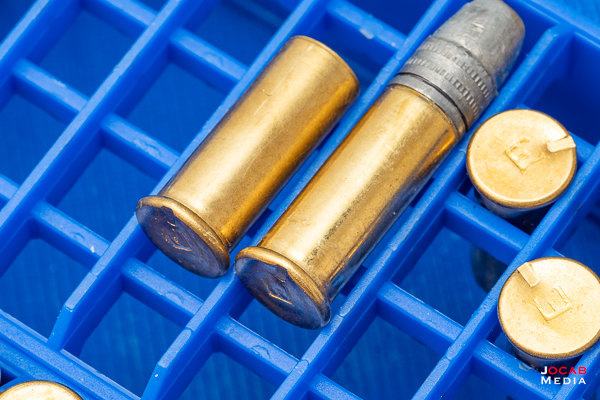
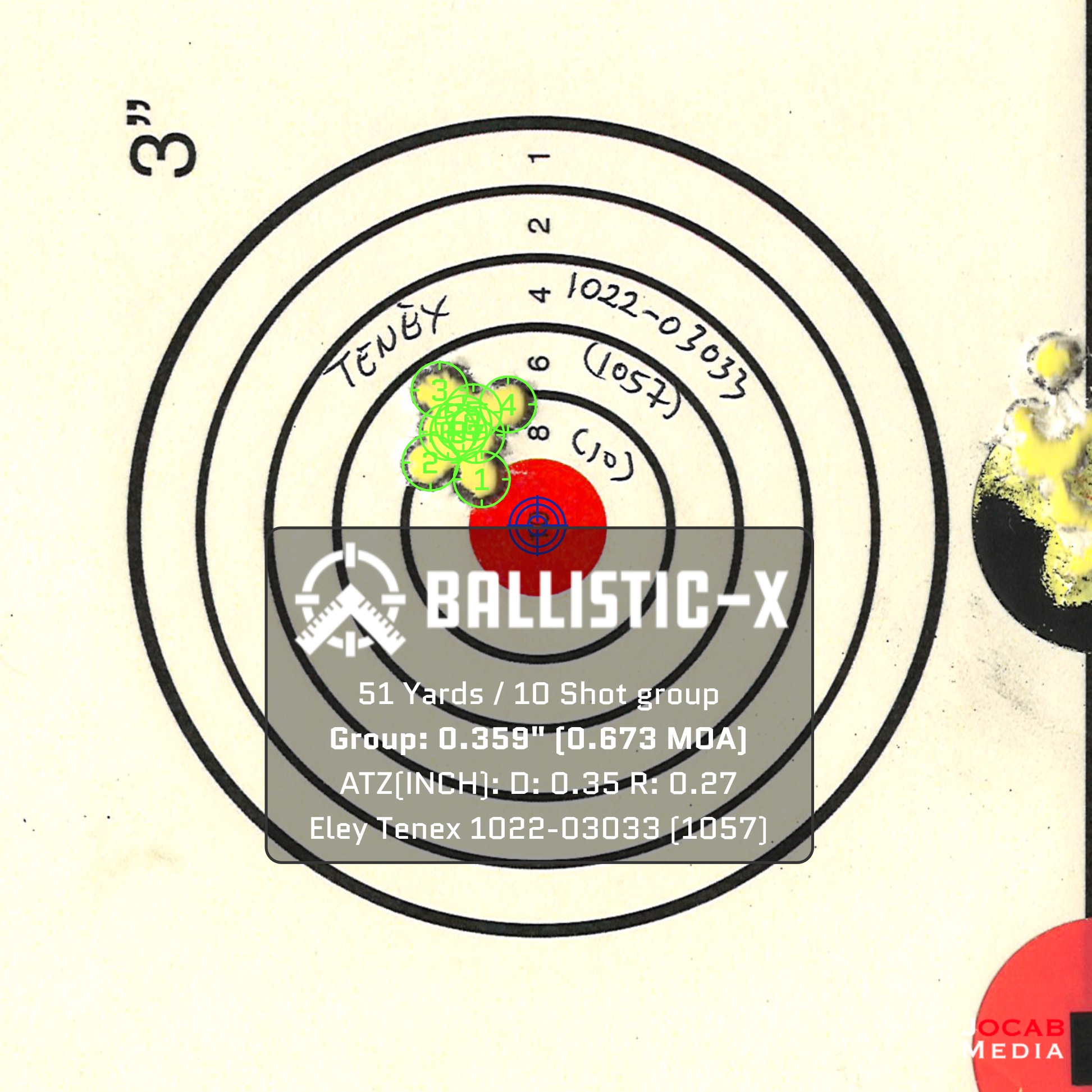
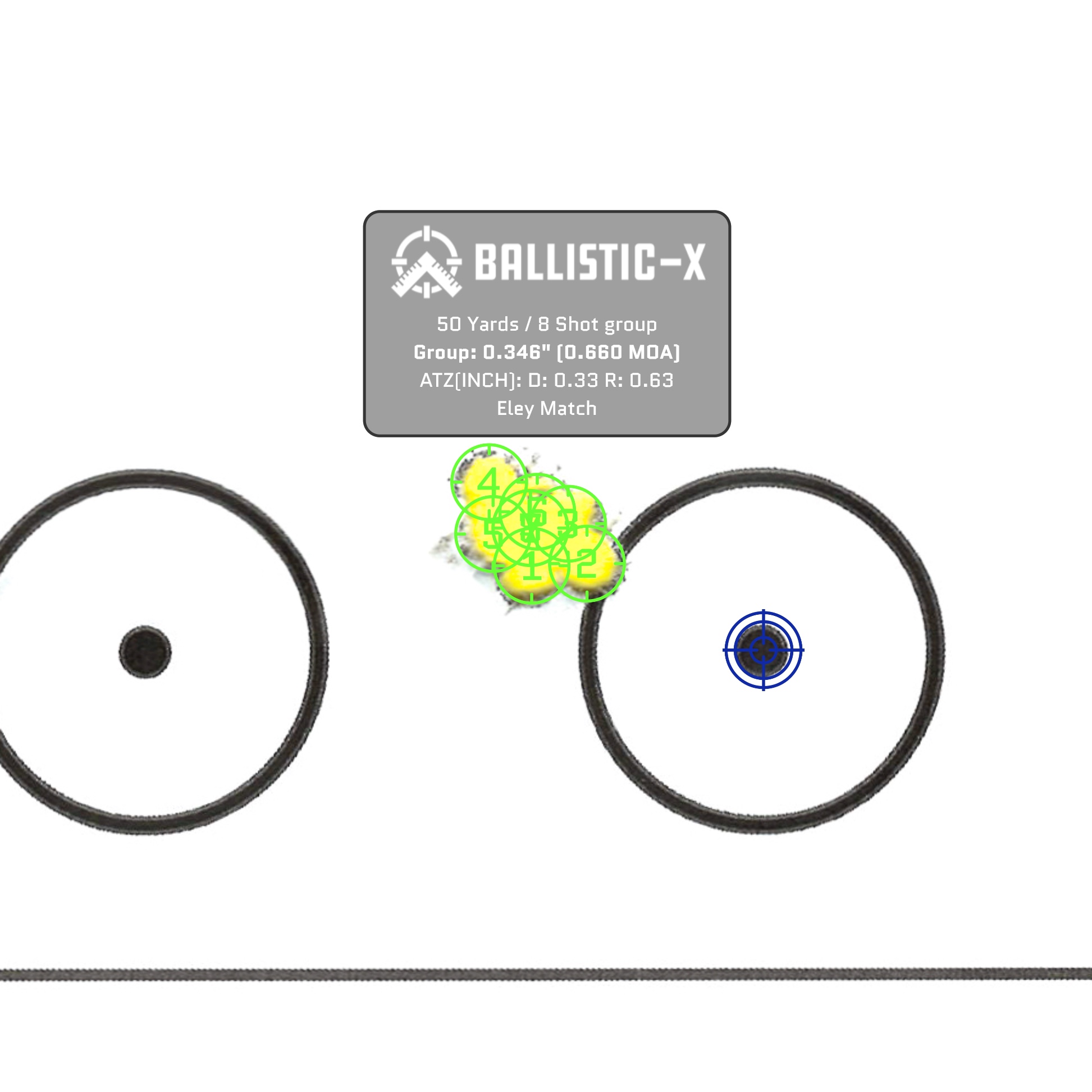
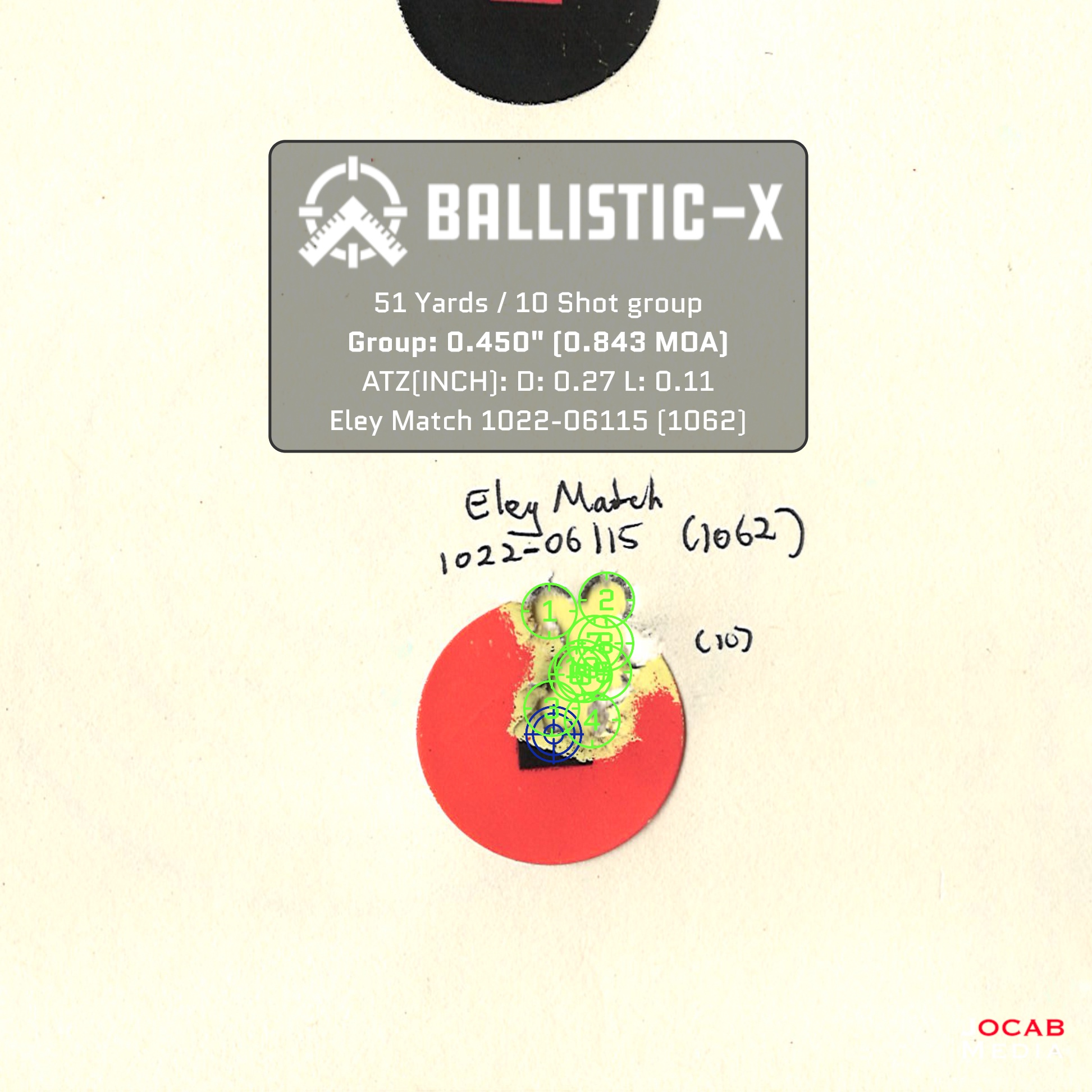
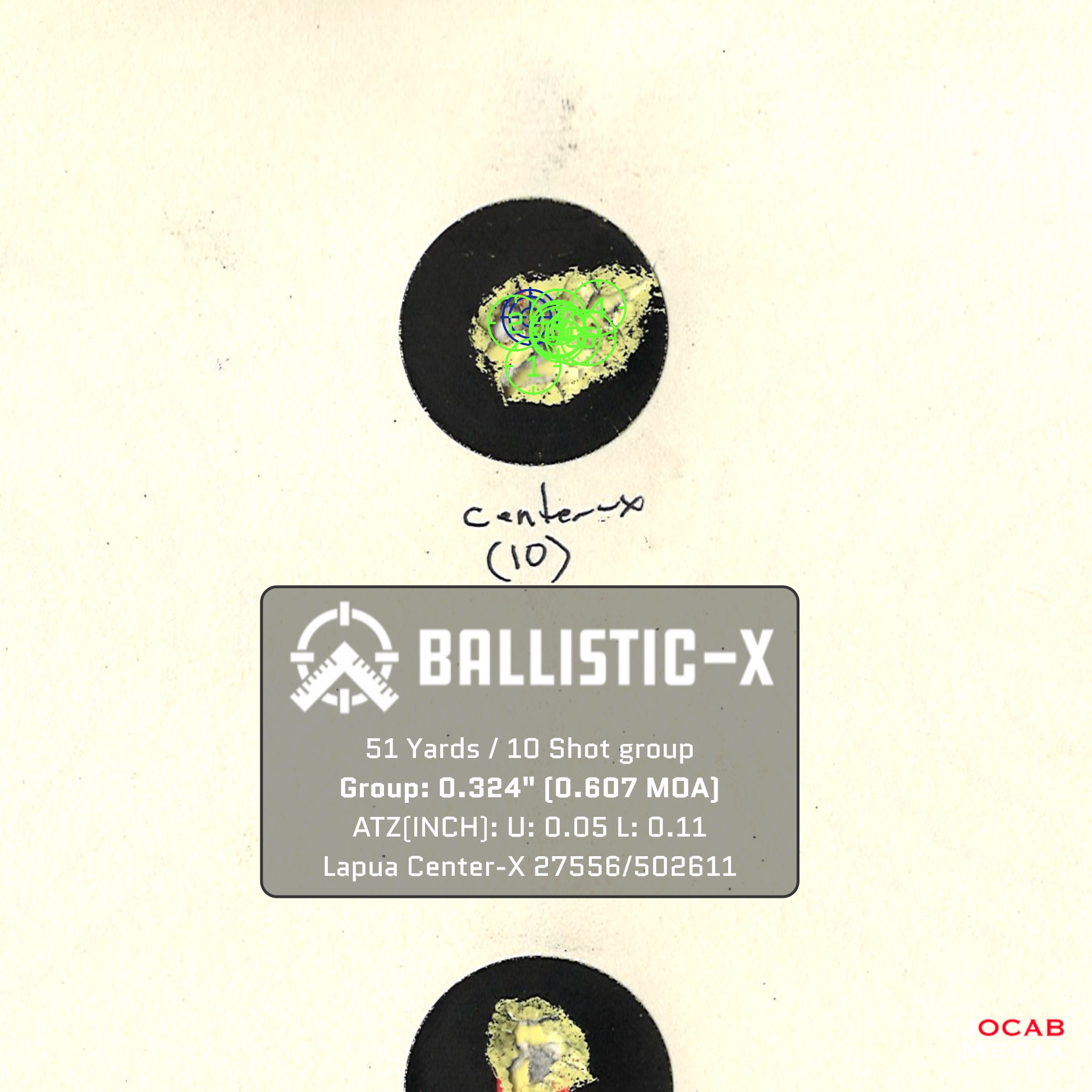
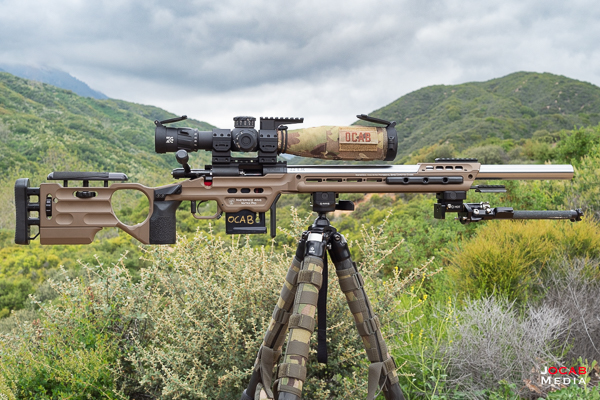
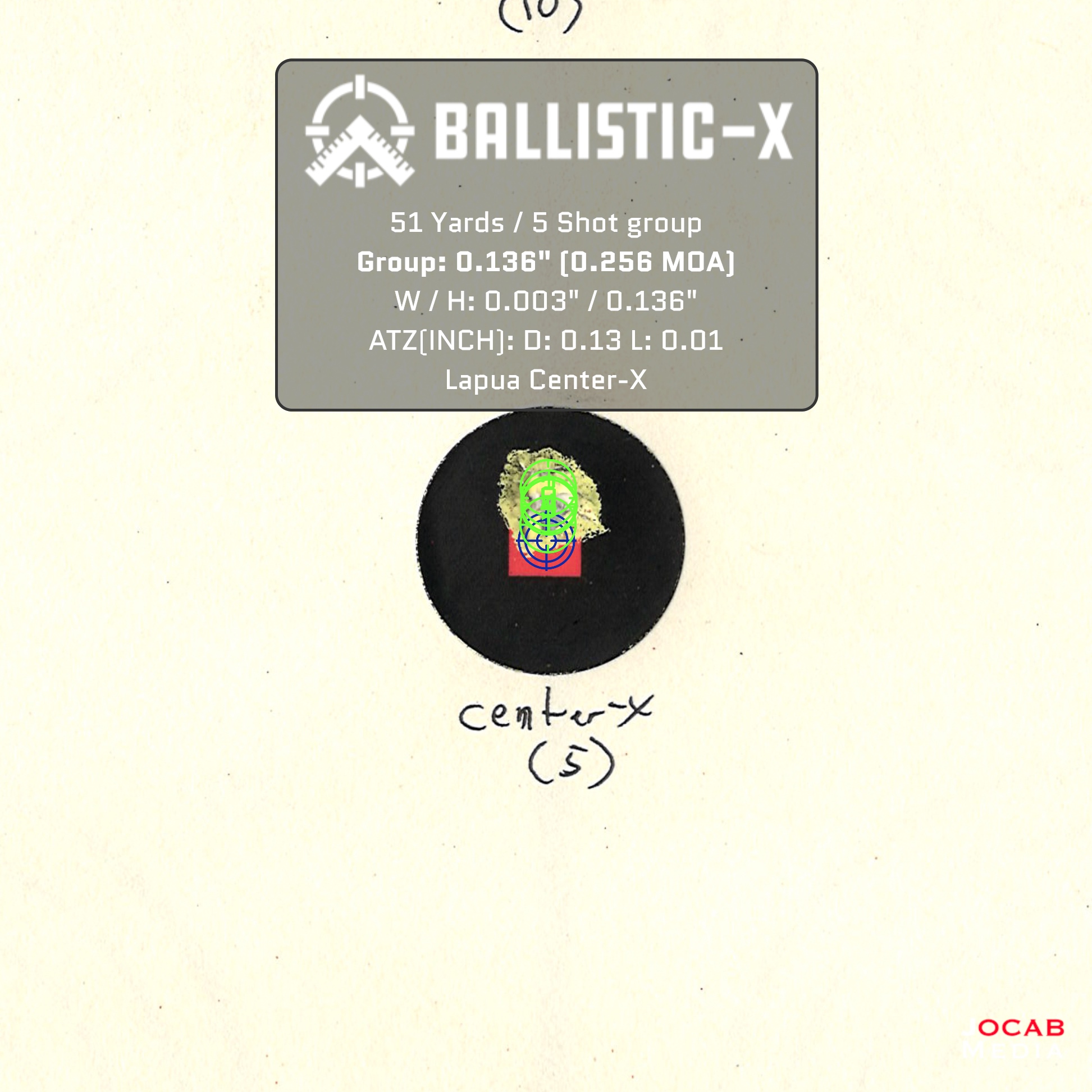
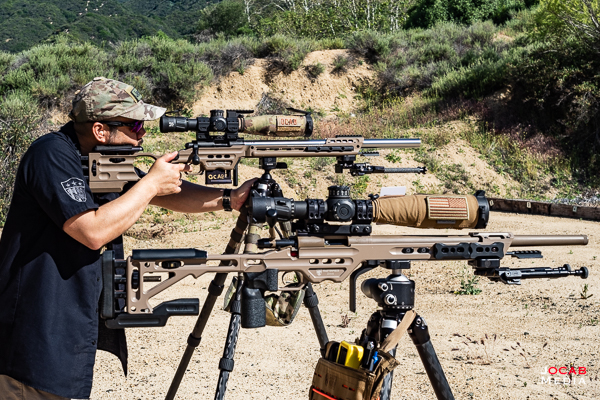
Don
Thanks for the extensive and detailed review. I am impressed by the level of detail you offer. I have 2 Vudoo .22’s and the repeater (first generation) shoots a hair better than the single shot model. Both will do .25-.4 inch ctc groups with Center-X at 50 yards consistently. The singe shot has the Flavio trigger which is amazing.
Stéphane Blais
Très belle article qui va éclaircir plusieurs personnes comme moi à la recherche d’une 22 lr de compétition. Merci ?
Alejandro Rodriguez Wilkes
Hey buddy. Can you give me the specs on your tripod hammock and leg covers. Thanks
Alex
Jonathan Ocab
https://www.cole-tac.com/product/tripod-leggings/